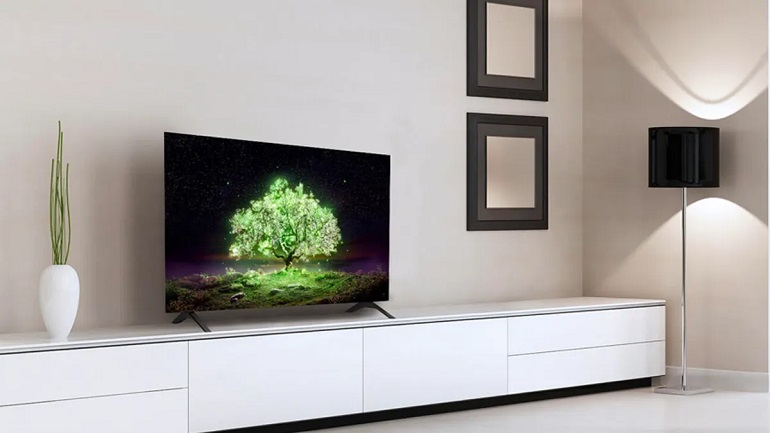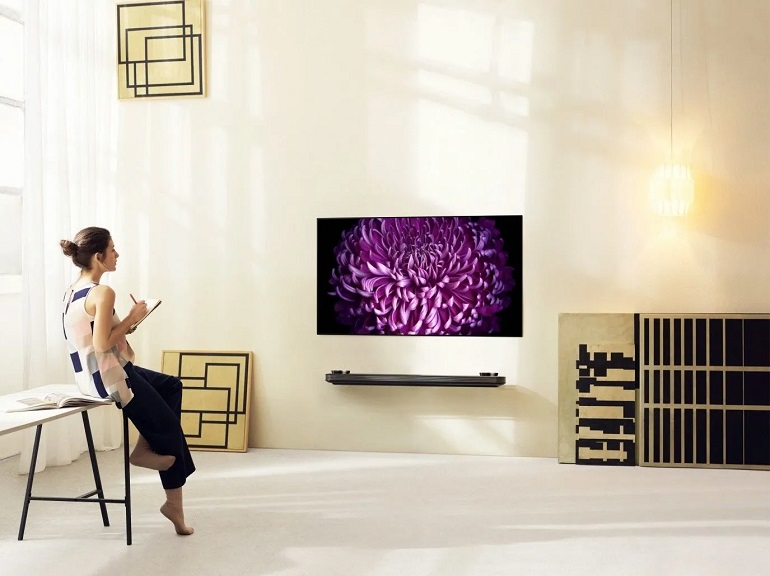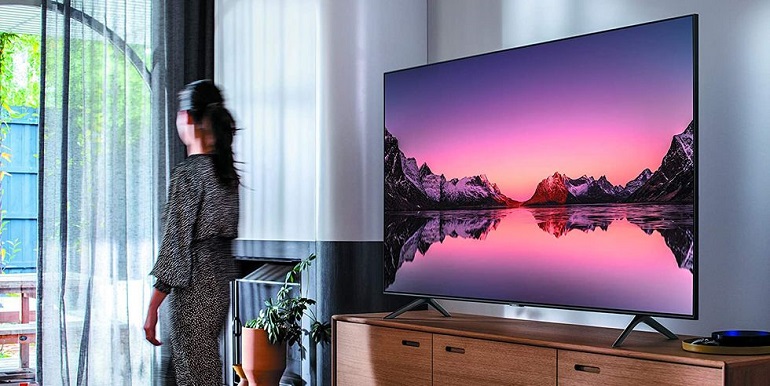Thinking of upgrading your old television set? Want to explore all possibilities before you make a purchase? Sure, there are loads of options, with numerous extra features, but do you really need all that and what does it actually mean?
In a digital world, it’s easy to get caught up in the marketing hype of the latest and greatest gadget. And when it comes to TVs, there’s a lot of new technology to sift through, especially if you’re not familiar with the terms.
How Do You Choose a Flat Screen TV?

You might be thinking – what’s the big deal? I just want a TV that shows my favourite programmes clearly and doesn’t cost an arm and a leg. While that’s true for the most part, you might want to check out a few things before you buy to make sure you’re getting the best viewing experience for your money.
Find the Sizing Sweet Spot
This is likely the first thing you think of when you’re in the market for a new TV. What size do you actually need and what’s the biggest you can get away with? A good rule of thumb is to measure the distance from your viewing spot to where the TV will sit.
Divide that number by two and that’s approximately how big (in inches) your ideal screen should be. So, in order to get a smart TV with a 48 inch screen you should sit about 1.5 metres away from it. If you’re any closer than that, you’ll probably not be able to see the image properly or sit comfortably.
Be careful of the placement of your smart TV 48 inch screen design if you want to get the best viewing experience. Placing it in the corner of the room might seem like a good idea to save space, but you might not get the full effect of the image. Instead, try to put it in the centre of the room or at a specific angle so that everyone can see it properly.
Be Mindful of the Resolution

These days, there are all sorts of resolution terms being shoved in our faces – 1080p, 1440p, even 2400p. But how do they differ and how can you know which one you need?
Obviously, the resolution refers to the number of pixels that make up the image on the screen. The higher the number, the more detailed and clear the image will be. The standard for high-definition TVs is 1080p, which is made up of 1920 x 1080 pixels.
Now that number in itself is quite high and will give you great picture quality. If you’re not too nitpicky, you might be able to get away with a 720p TV, which has 1280 x 720 pixels. But anything lower than that and you’ll start to see the image getting fuzzy, especially on larger screens, such as a 55 or 48 inch smart TV.
But if you want a more crisp display, you might want to consider a 1440p or even a 2160p (also known as 4K). These have a resolution of 2560 x 1440 and 3840 x 216 pixels respectively, resulting in a much sharper image.
However, you should keep in mind that not all content is available in these higher resolutions just yet. Even if the TV supports it, you might not be able to find anything to watch that can take full advantage of it.
Opt for HDR for Vivid Imaging

If you really want the best possible image quality, then you should look into getting a TV that supports HDR. This stands for High Dynamic Range and it results in more vivid and lifelike images that have a greater range of colours.
It’s not as common as it should be just yet, but more and more content is being made available in HDR. The difference is quite noticeable, particularly when it comes to images with a lot of contrast, like sunsets or pictures with a lot of dark and light colours.
Look for a Higher Refresh Rate
The refresh rate is how often the image on the screen is updated and it’s presented in hertz (Hz). Most TVs have a standard refresh rate of 60Hz, which means that the image is refreshed 60 times per second.
While that might seem like a lot, it’s actually not enough to create a smooth image for fast-moving content, like action movies or sports. For that, you’ll want a higher refresh rate of at least 120Hz.
Some TVs even have a refresh rate of 240Hz, but these are usually quite expensive. Unless you’re a hardcore gamer or you really want the best possible image quality, you can probably get away with a 120Hz TV.
Think About the Number of Ports

Nowadays, there’s a wide range of additional devices that you might want to connect to your TV, like game consoles, streaming devices, soundbars and even your laptop. In order to do that, you’re going to need enough HDMI ports.
The number of ports that a TV has will vary, but most of them will have at least three. If you think you might want to connect more than three devices at a time, then look for a model that comes with four or more HDMI outlets.
Some TVs also come with USB ports, which can be used to connect things like digital cameras and external hard drives. While they’re not as sought-after as their HDMI counterparts, they can still be quite handy if you want to view stored content on your TV.
Ask for Extended Warranties
Even if you buy a high-quality TV from a reputable manufacturer, there’s always the chance that something could go wrong. Whether it’s a faulty component or an issue with the display, these things are impossible to predict.
That’s why you should always ask for an extended warranty when you purchase a TV. These usually last for two or three years and they’ll cover any repairs that need to be made, saving you a lot of money in the long run. You might be expected to pay a small fee for the warranty, but it’s worth it for the peace of mind.

